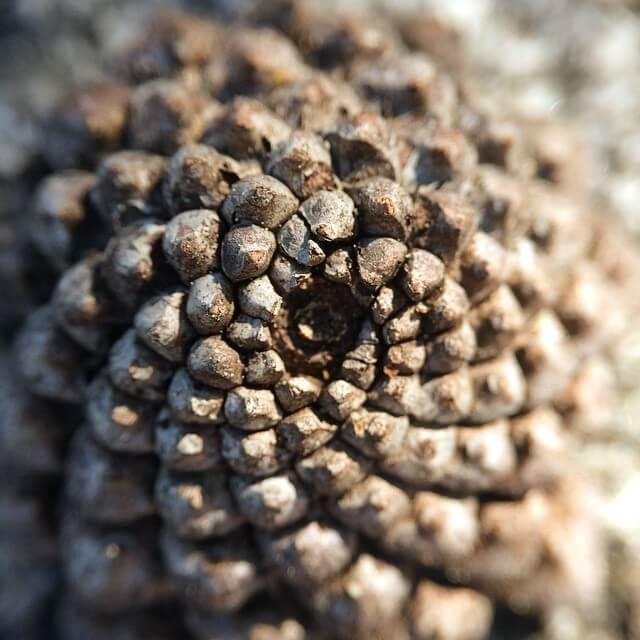

Functionality and features are grouped into a logical process sequence called a “User Story”.
#The fibonacci sequence in nature software
The Fibonacci sequence can be used to estimate tasks in technology projects, and in ‘Agile’ software development.Ī critical part of managing an Agile team is estimating the time that tasks will take to complete. Starting from any leaf, after one, two, three or five turns of the spiral there is always a leaf aligned with the first and, depending on the species, this will be the second, the third, the fifth, the eighth or the thirteenth leaf. Leaves are aligned in patterns that include two Fibonacci numbers. We find Fibonacci numbers in the circular shapes of daisies, sunflowers, cauliflowers and broccoli. Curiously, the plant kingdom prefers spiral symmetries and follows surprising mathematical regularities. The Fibonacci sequence plays a role in phyllotaxis, which studies leaves, branches or seeds, highlighting patterns. Observing geometry in plants, flowers or fruit, we recognise recurring structures. It’s believed to be the most aesthetically pleasing ratio – faces often approximate this 1.6:1 aspect. This is known as the ‘Golden ratio’, φ (Phi), that frequently occurs in nature.
#The fibonacci sequence in nature series
The Fibonacci series has a ratio between any number and the previous one that tends towards a well-defined value, 1.618. He discovered his famous sequence when studying rabbits and the number and frequency of children that they, and their offspring, have. His book ‘Liber Abaci’ was written for merchants, and covered product prices, calculating business profit and converting Mediterranean currencies.

He spent the next 25 years writing mathematical manuscripts. Leonardo studied with a Muslim teacher, who guided him in calculation techniques with Indo-Arabic numbers, which were not yet used in Europe.įibonacci was educated along the trade routes in Egypt, Syria and Greece, before returning to Pisa in 1200. He accompanied his father, Guglielmo dei Bonacci, a wealthy merchant, on his travels. Leonardo of Pisa, known as Fibonacci, was born in 1170. You get the next number in the sequence by adding up the previous two numbers. In famous art pieces, "The Last Supper" and "The Mona Lisa", Leonardo Da Vinci used the Fibonacci sequence to create these masterpieces! Music composers such as Mozart and Bartok have used this same sequence in some of their works! Even in today's age of music, Maynard James Keenan from the band TOOL was inspired by the Fibonacci series and used it to create the rhythm and lyrics of their song "Lateralus".The Fibonacci Sequence: Mathematical patterns in nature and projectsĬonsider the following sequence: 0, 1, 1, 2, 3, 5, 8, 13, 21, 34. Throughout history, the Fibonacci sequence has been applied to art in many forms. Early childhood is from 4-7, and middle childhood is 7-11. The first two years of life are referred to as early infancy, and next is the toddler stage from two to four. Even as a human develop, we grow through 8 stages. The math and science behind our DNA is in the pattern of the Fibonacci sequence.

That is the mysterious Fibonacci at work! From the number of petals that are on a flower, the way a pineapple or pine cone spirals, or the way a branch splits out into 3, it is all the same pattern! In relation to our own bodies as examples, think about the pattern of our DNA strands and how they spiral. Think of how the middle, or inside, of the flower, repeats this crazy cool pattern of the seeds.


 0 kommentar(er)
0 kommentar(er)
